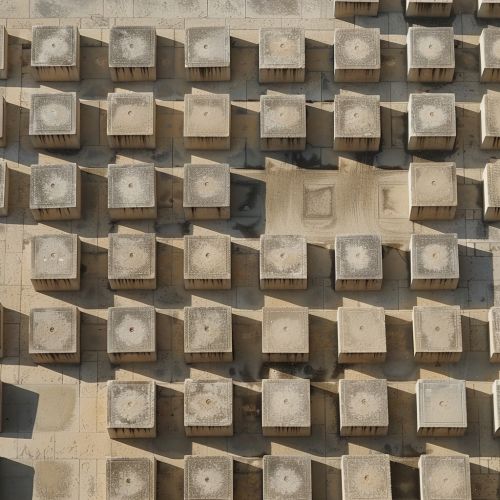Multidimensional Array
Introduction
A multidimensional array is a data structure that stores data in a format similar to a table with rows and columns. Unlike a one-dimensional array that stores data in a single row, a multidimensional array allows for the storage of data in rows and columns, and even in multiple tables, making it a more complex but versatile data structure.
Structure
A multidimensional array is essentially an array of arrays. The simplest form of a multidimensional array is a two-dimensional array. A two-dimensional array is organized as a matrix with a set number of rows and columns. Each cell in the matrix can store a data value. This structure is similar to a spreadsheet or a chess board.


The structure of a multidimensional array can be extended to more than two dimensions. A three-dimensional array, for example, can be thought of as a cube of data, or an array of two-dimensional arrays. This can be extended to any number of dimensions, although visualizing arrays with more than three dimensions can be challenging.
Usage
Multidimensional arrays are used in various fields and applications. In computer graphics, they are used to store pixel data. In database management systems, they are used to store table data. In scientific computing, they are used to model and simulate multidimensional phenomena.
In programming languages, multidimensional arrays are used to store and manipulate data in a structured manner. They are particularly useful in languages that support advanced data structures and have built-in functions for manipulating arrays.
Implementation
Implementing a multidimensional array involves creating an array and then creating an array within each element of the initial array. The implementation of multidimensional arrays varies between programming languages. In some languages, such as C, multidimensional arrays are a native data type. In other languages, such as Python, multidimensional arrays can be implemented using nested lists.
Accessing Elements
Accessing elements in a multidimensional array involves specifying the indices of the element in all dimensions of the array. For example, in a two-dimensional array, an element is accessed by specifying its row and column indices. In a three-dimensional array, an element is accessed by specifying its table, row, and column indices.
Manipulating Multidimensional Arrays
Manipulating multidimensional arrays involves performing operations on the elements of the array. These operations can include adding, removing, or modifying elements, sorting the array, or performing mathematical operations on the elements. The specific operations and methods for manipulating multidimensional arrays depend on the programming language being used.
Limitations and Challenges
While multidimensional arrays are a powerful tool, they also present certain challenges. They can consume a large amount of memory, especially when dealing with large amounts of data or high dimensions. They can also be complex to work with, particularly when dealing with higher dimensions or when performing complex operations.
Conclusion
Multidimensional arrays are a versatile and powerful data structure that can be used in a wide range of applications. They provide a structured way to store and manipulate data, and while they can be complex to work with, they offer significant benefits in terms of data organization and manipulation.
